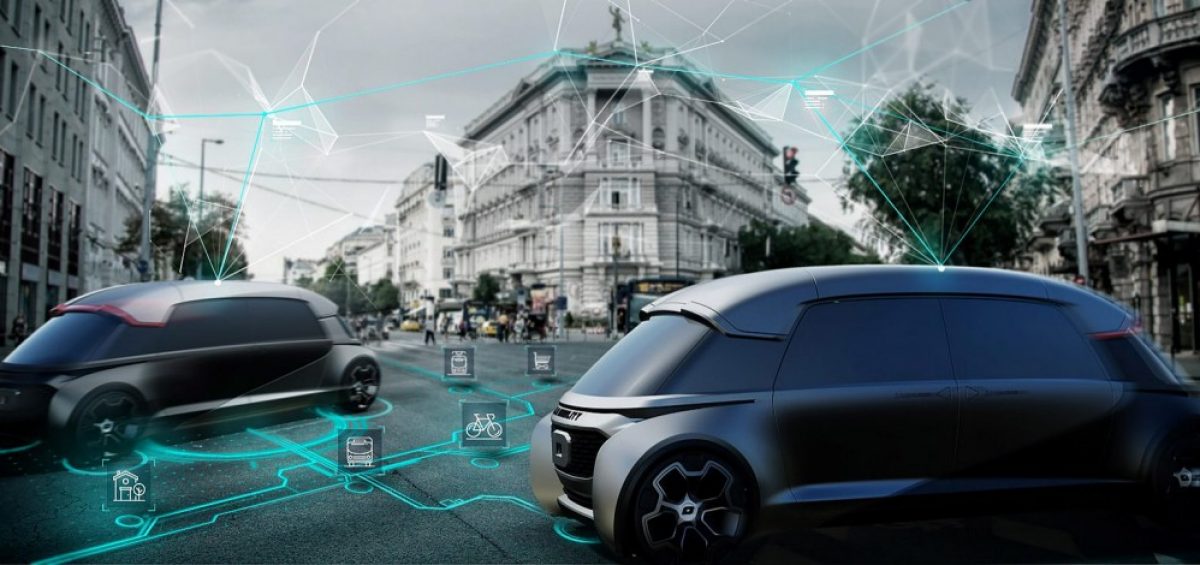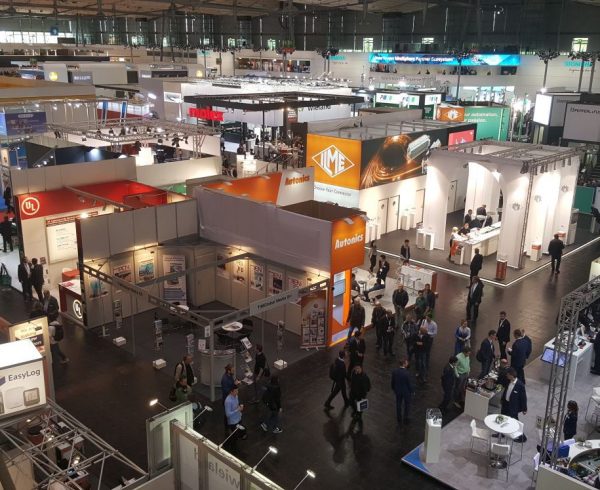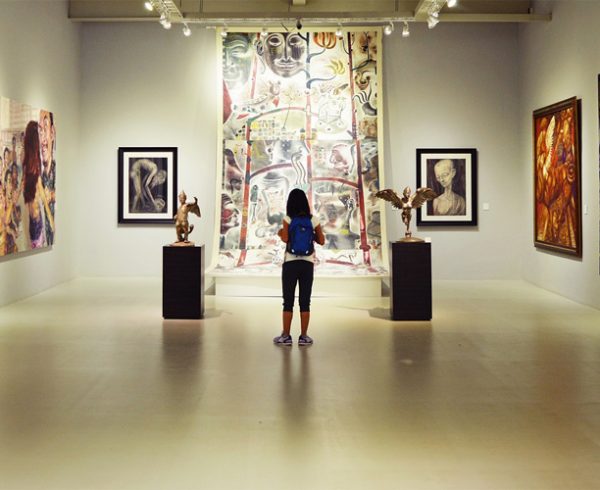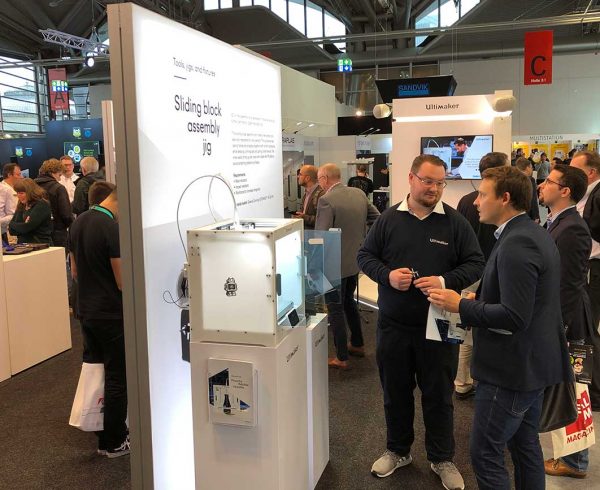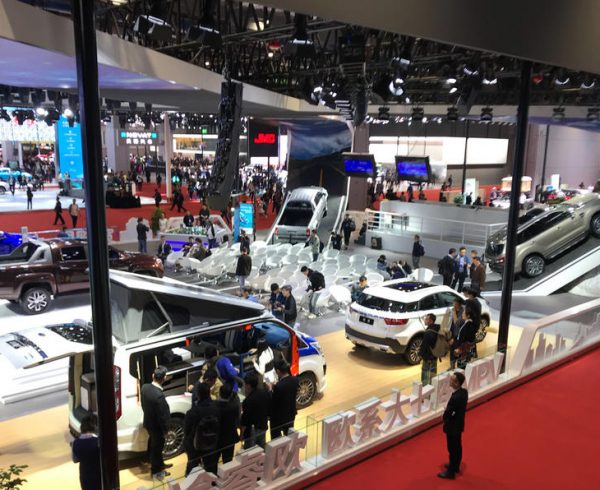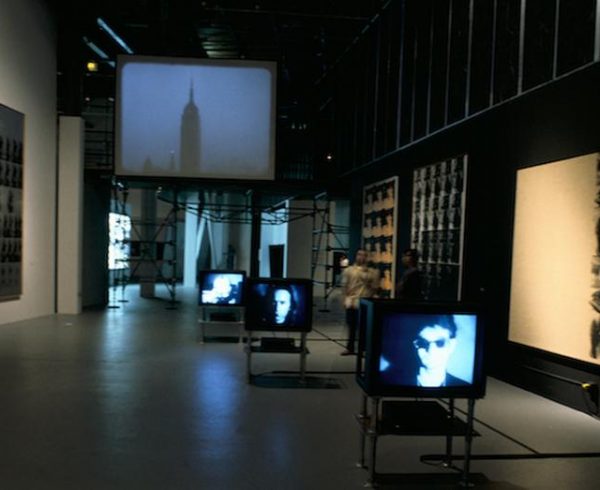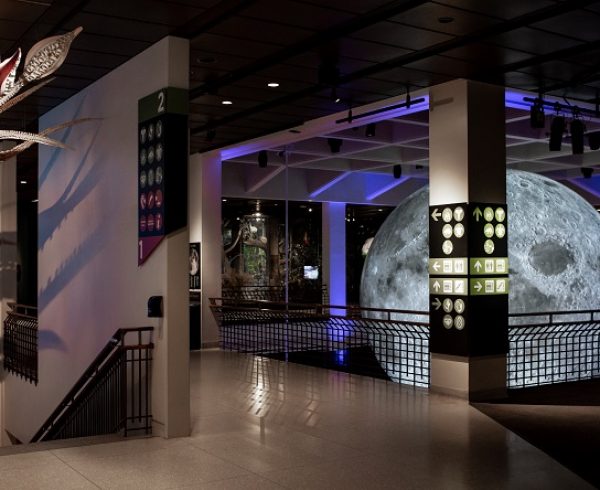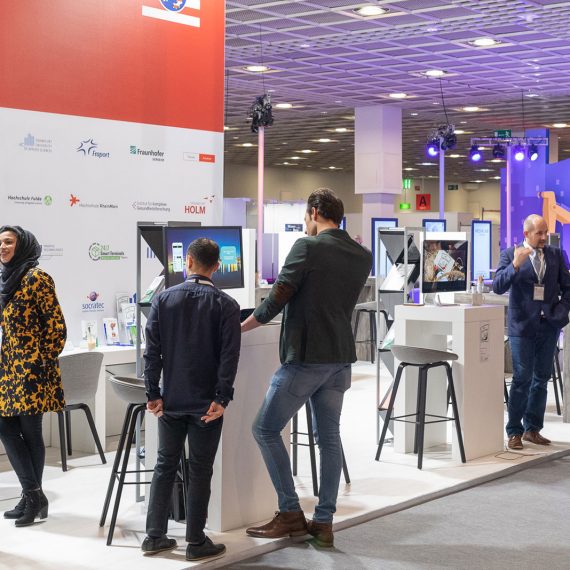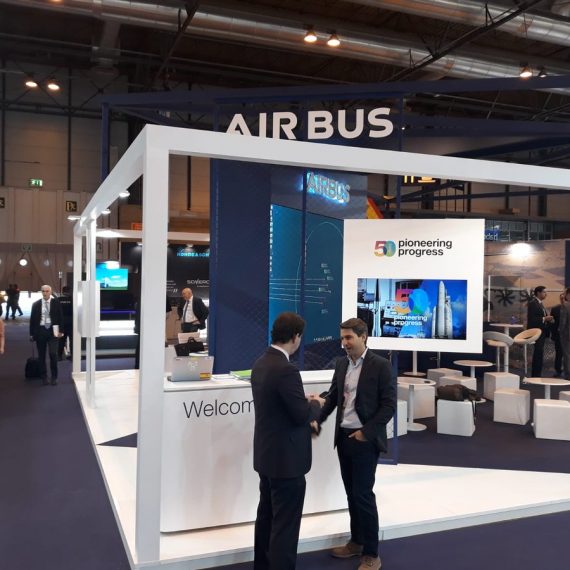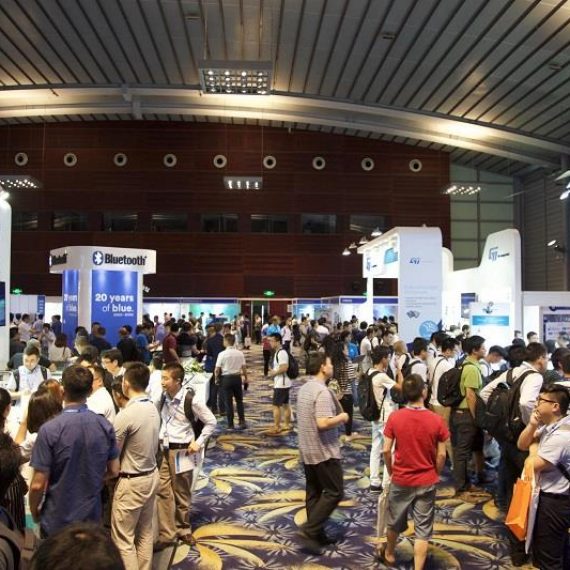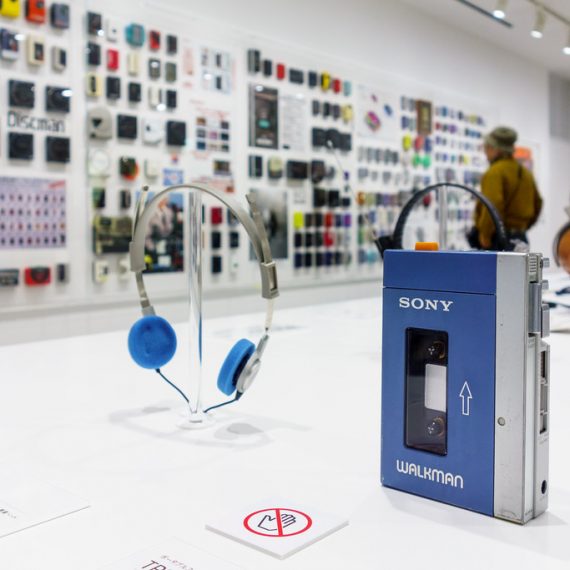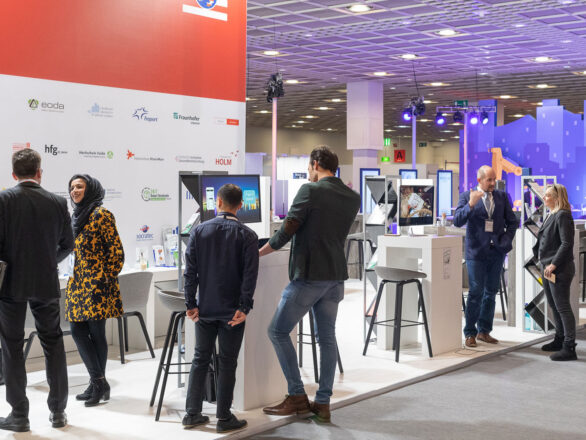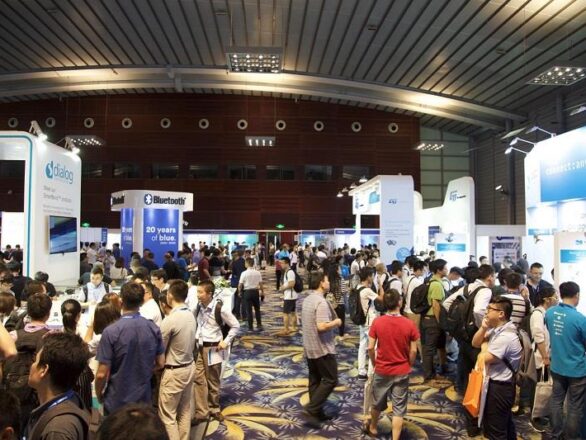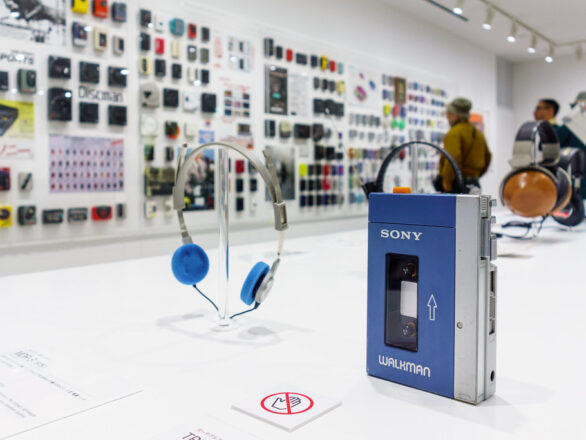The exhibition looks forward to showcasing some of the latest technologies in a vehicle this year, giving visitors the opportunity to experience the mobility of tomorrow themselves.
In the exhibition vehicle, for example, some companies will be showing radar sensors. The sensor design integrates a 360-degree environment detection to identify objects that move from the car to the cyclist and the pedestrian. This is especially necessary for automated driving and parking.
Camera-Based Detection Function
On the way from assisted to autonomous driving, camera-based detection functions also play an important role. Only in this way can objects be classified. This is why the camera software is integrated into the exhibition vehicle.
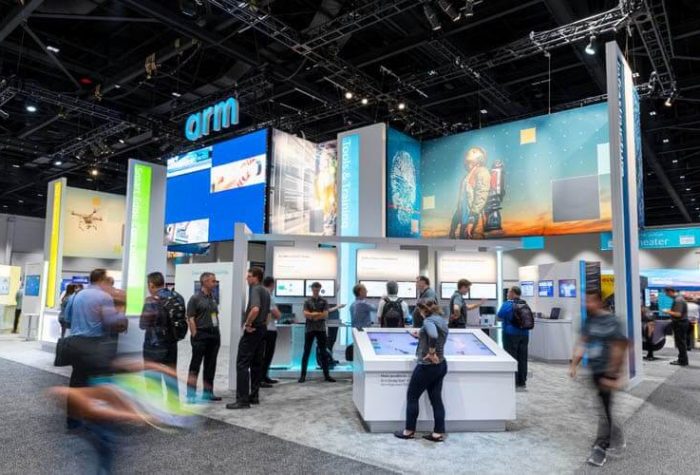
The Vehicle Is Also Equipped With Shake Sensors
They not only enable the vehicle to see its surroundings (camera systems, radar systems), but also to feel it. For this purpose, the sensors detect structure-borne sound waves generated by contact or impact on the vehicle outer skin via a piezoelectric film. This helps to quickly identify parking damage such as scratches, dents and paint damage.
With the demo vehicle, visitors to the show can experience camera-based pedestrian detection. In addition, this assistance system also covers functions such as traffic sign recognition, light control and lane detection.
The 3D Cockpit Is Coming
Nevertheless, the carmakers steal the show with their finished products to the suppliers – especially at trade fairs, where it comes to sensationalism. Yet the technology is quite plastic. At the trade fair, the companies are showing a 3D cockpit.
In the cockpit, warning signals seem to bulge out and overshadow others; the graphic mountains in the display are palpable. We would like to highlight the relevant information that is important for the respective driving situation. Warnings, for example says a product manager. The system and the underlying technology could reach series production in 2021.

